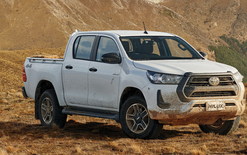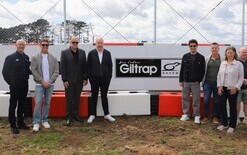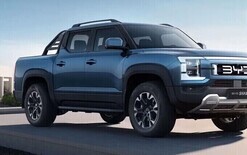Hydrogen SUV revealed
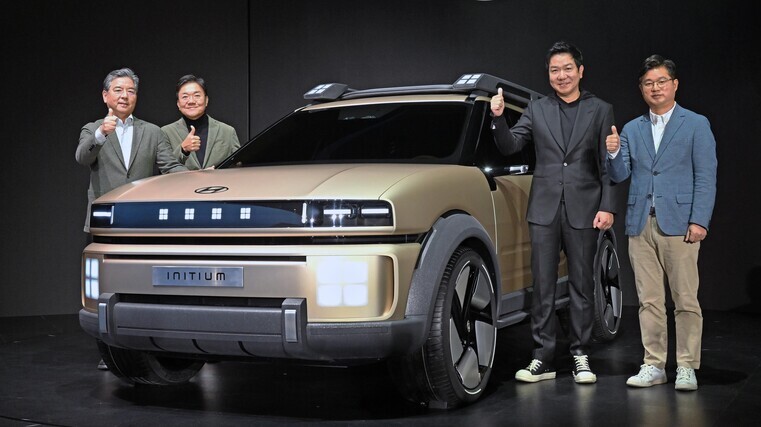
Hyundai Motor Company has unveiled the Initium, a hydrogen fuel-cell electric vehicle (FCEV) concept.
It provides a preview of a production model the company plans to unveil in the first half of 2025.
The SUV, which will replace the Nexo, introduces Hyundai’s “evolving design language” and an improved powertrain.
Named after the Latin for “beginning”, the Initium represents the company’s ambition to pioneer hydrogen technology.
It also reveals the “art of steel” design language, which Hyundai says will soon influence production models.
The concept’s exterior styling combines boxy LED lighting elements like the Ioniq 5 along with Sante Fe cues, such as the inclined rear glass, skid plates and rugged C-pillar.
The Initium’s wide fender extensions house aero-focused 21-inch wheels and a roof rack with integrated lights adds to its practical appeal.
Its fuel-cell system generates 150kW of power, a notable increase from the Nexo’s 120kW, for a range of 650km compared to the previous model’s 612km. The concept has vehicle-to-load functionality so users can power household devices.
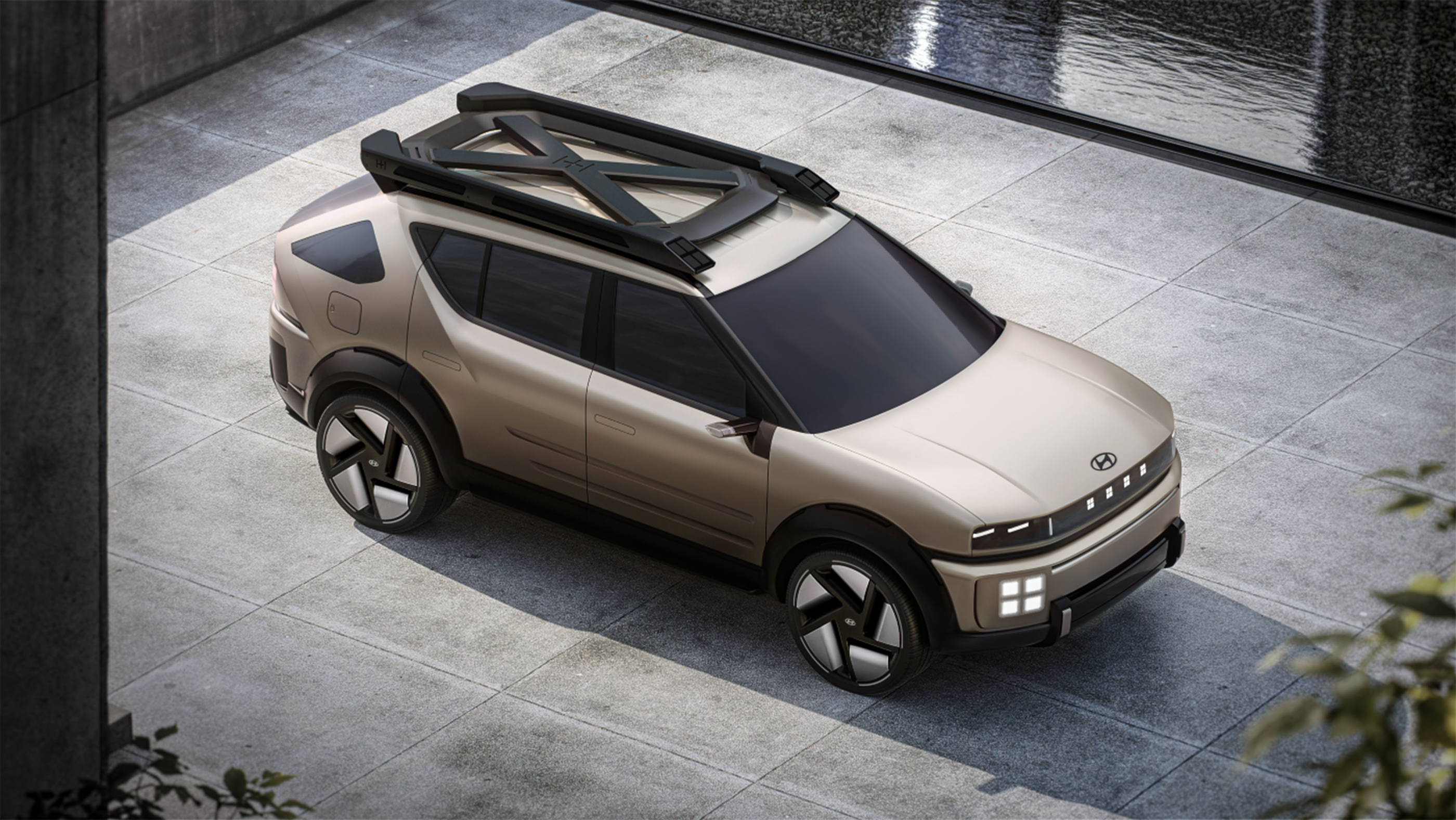
Hyundai has also addressed one of the biggest challenges for hydrogen cars and that’s refuelling.
A route planner in the Initium’s navigation system helps locate nearby stations, checks availability and monitors waiting times.
The Initium encapsulates the company’s 27 years of hydrogen technology development and reflects its “clear commitment” to achieving a sustainable hydrogen society.
“This is rooted in our belief in its potential as a clean, accessible and, therefore, fair energy source for everyone,” says Jaehoon Chang, Hyundai’s president. “We’re dedicated to pioneering a future where hydrogen is used by everyone, in everything and everywhere.”
Hyundai launched HTWO, its hydrogen value-chain business earlier at CES 2024, highlighting how group executive chair Euisun Chung is focusing efforts on hydrogen energy.
Unveiling its vision for HTWO Grid – an end-to-end hydrogen-energy solution that spans production, storage, transportation and utilisation – Chung says: “The shift to hydrogen energy is for future generations.”
Past, present & future
For the new millennium, Hyundai began its ambitious Mercury Project aimed at bridging ground to industry leaders and the Polaris Project, which focused on the independent development of the company’s core fuel-cell stack technology.
In 2005, Hyundai established its Mabuk Environmental Technology R&D Centre to accelerate FCEV development.
At the time, honorary chairman Mong-Koo Chung encouraged researchers to push boundaries.
“You can never make something great by creating it just once,” he said. “Don’t worry about budget, let young engineers try making every type of car they dream of. There’s no need to save money by developing the same car 100 times over. It’s fine if all 100 models are different.”
Hyundai’s hydrogen evolution saw it become the world’s first carmaker to mass-produce hydrogen FCEVs, introducing its first dedicated fuel-cell model in 2018.



